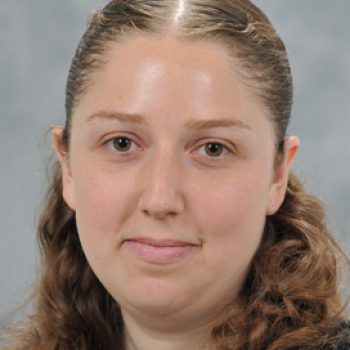About the Project
Leveraging AI to create predictive models that can screen potential catalysts for energy conversion reactions with increased accuracy and efficiency.
As the world seeks to transition to clean, renewable energy, there is a significant obstacle that must be overcome: how to ensure a continuous energy supply despite the intermittent nature of green energy production.
This demands the crucial ability to convert renewable energy into storable chemical forms.
The project at the AI Hub focuses on accelerating the identification of catalysts for these conversion reactions: finding materials that will enhance reaction rates and reduce energy loss, while ideally being cost-effective and abundant as well. The implications of this challenge on current scientific methodologies are profound, as traditional computational screening methods, such as density functional theory (DFT), can be computationally expensive and time-consuming. By leveraging DL models, the project seeks to significantly enhance the efficiency and speed of catalyst screening, offering a promising solution to this critical bottleneck in renewable energy research.
The project is being conducted by Ayala Cohen, under the direct supervision of Professor Leeor Kronik of the Weizmann Institute, in cooperation with the group of Professor Martin Takáč at MBZUAI, who specialize in deep learning, and the group of Professor Andrew Rappe at UPenn, specializing in DFT for catalysis.
The research integrates key theoretical properties, with an emphasis on electronic structure, into state-of-the-art graph neural networks (GNNs). These properties, known for their correlation to catalyst performance, are incorporated as features to enhance the model’s ability to accurately capture the chemical environment.
The main challenge of the research has been identifying the appropriate features to incorporate into the DL models – those that will help the model learn the chemical environment more efficiently. This required a very good understanding of the physics and chemistry behind the catalysis process and involved intensive discussions with experts in the field. The team is currently in the process of integrating the chosen electronic features.
The ability to streamline catalyst development for renewable energy conversion offers significant benefits to both humanity and the environment. However, the methodology’s potential extends beyond these specific reactions; it can be tailored to address a wide range of important chemical reactions or physical phenomena in the future. This versatility underscores the broader impact and potential of the project to drive advancements across various scientific fields.


